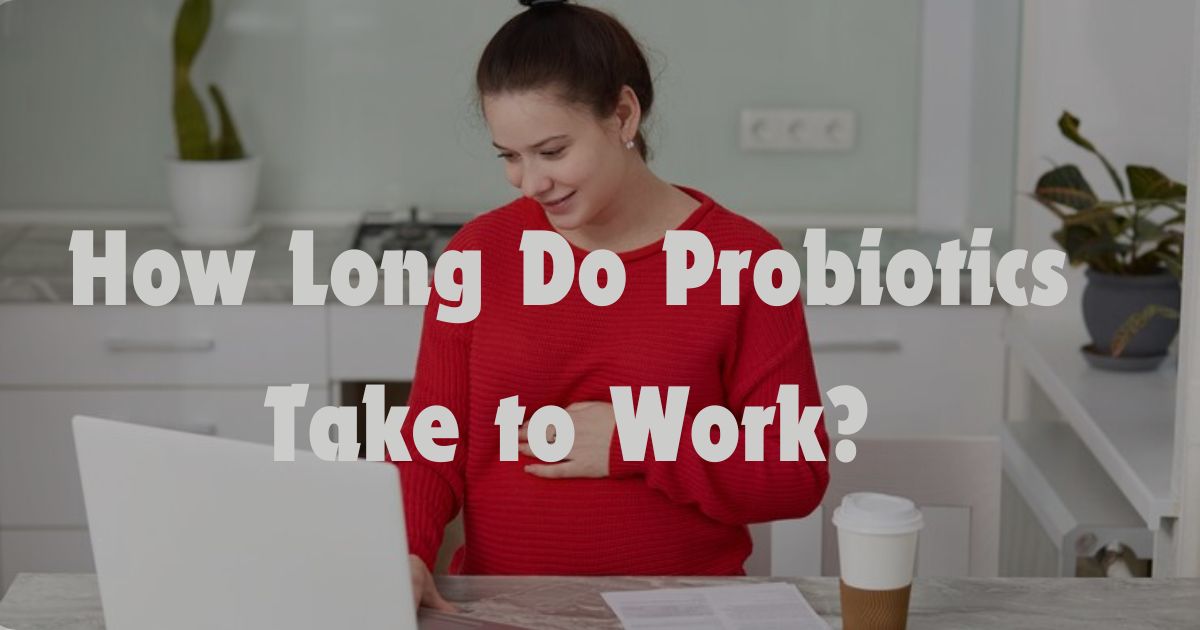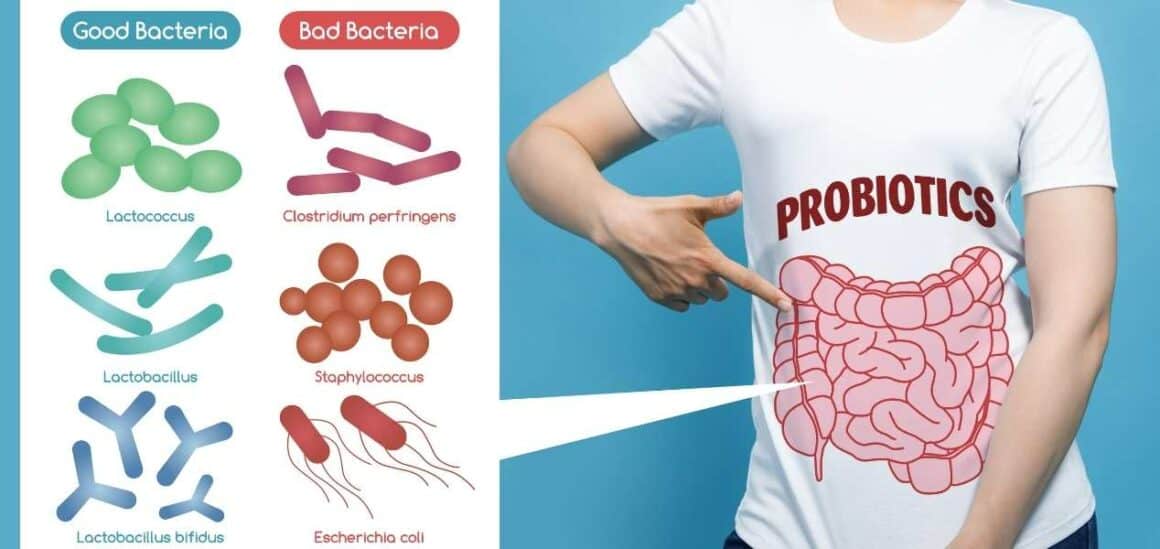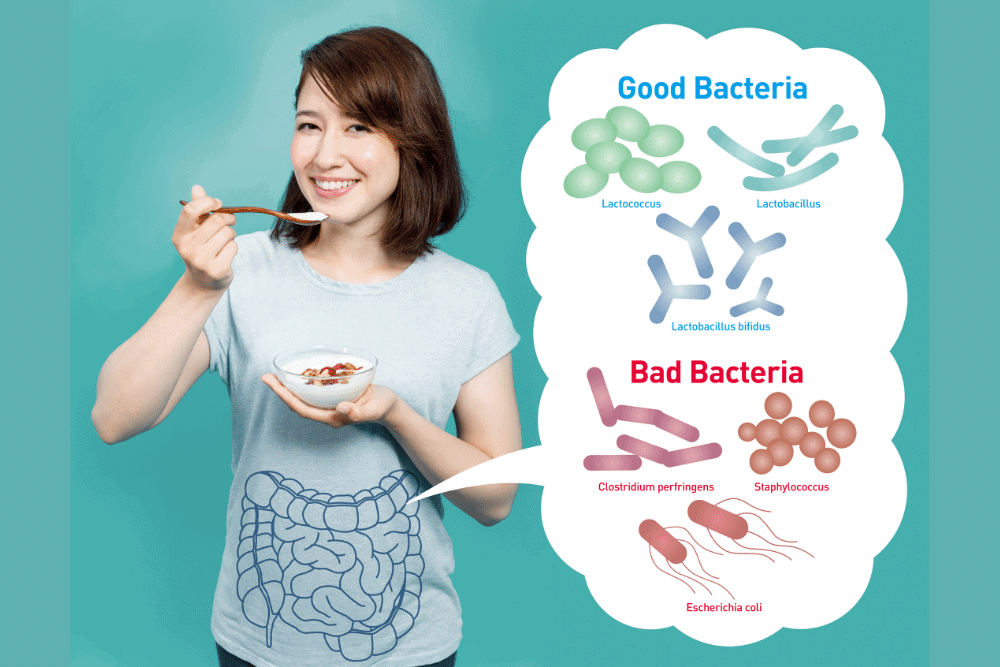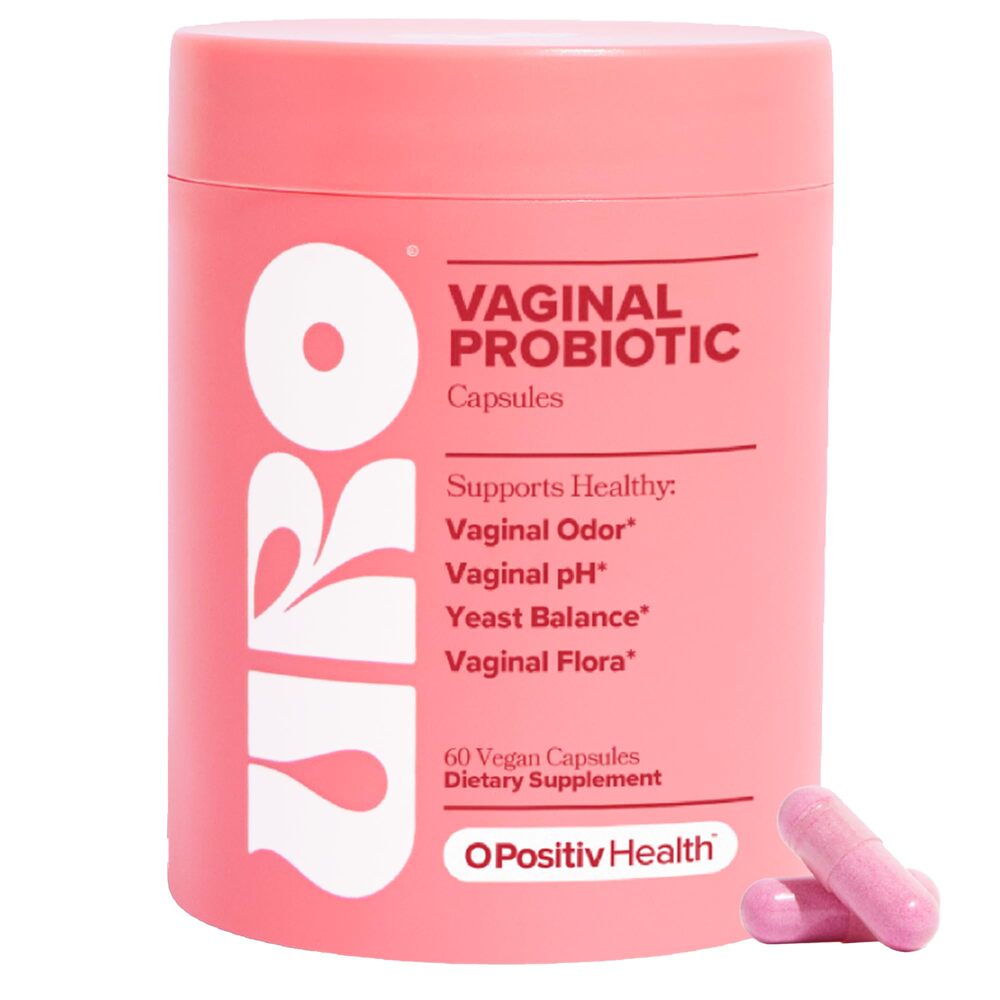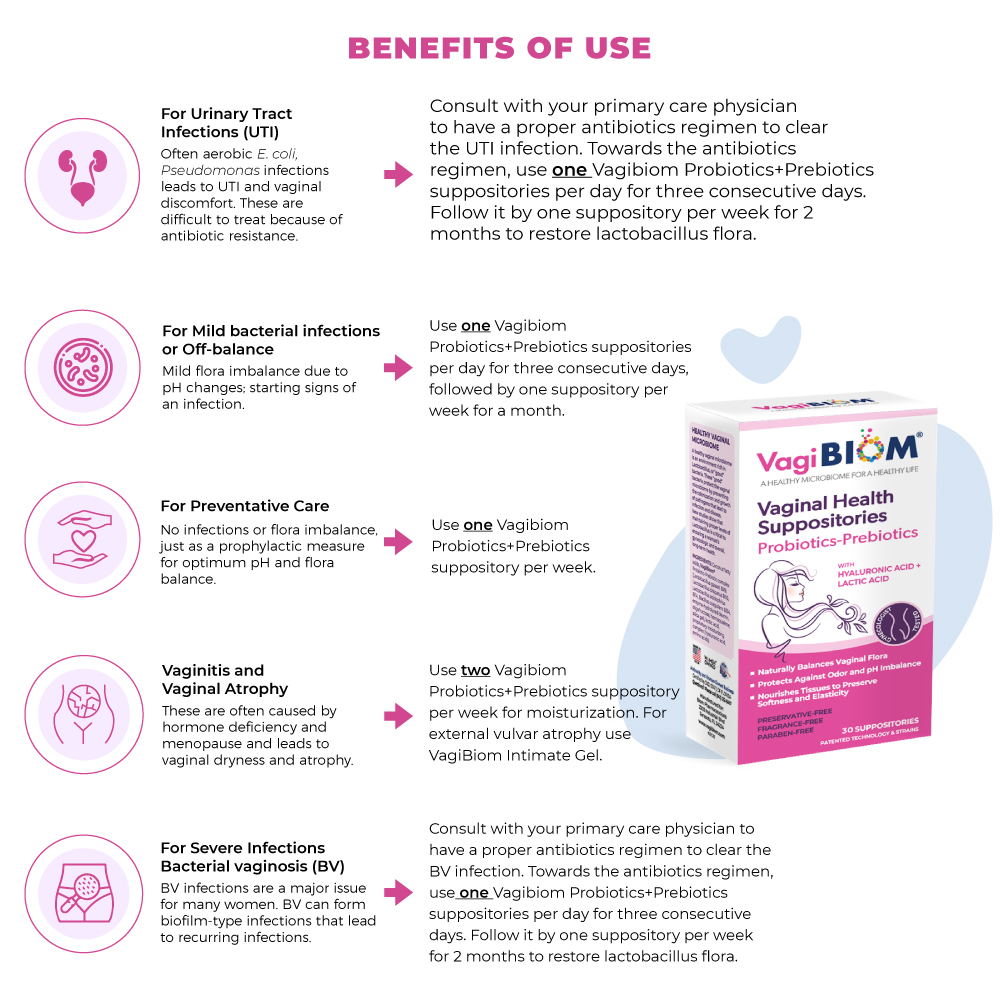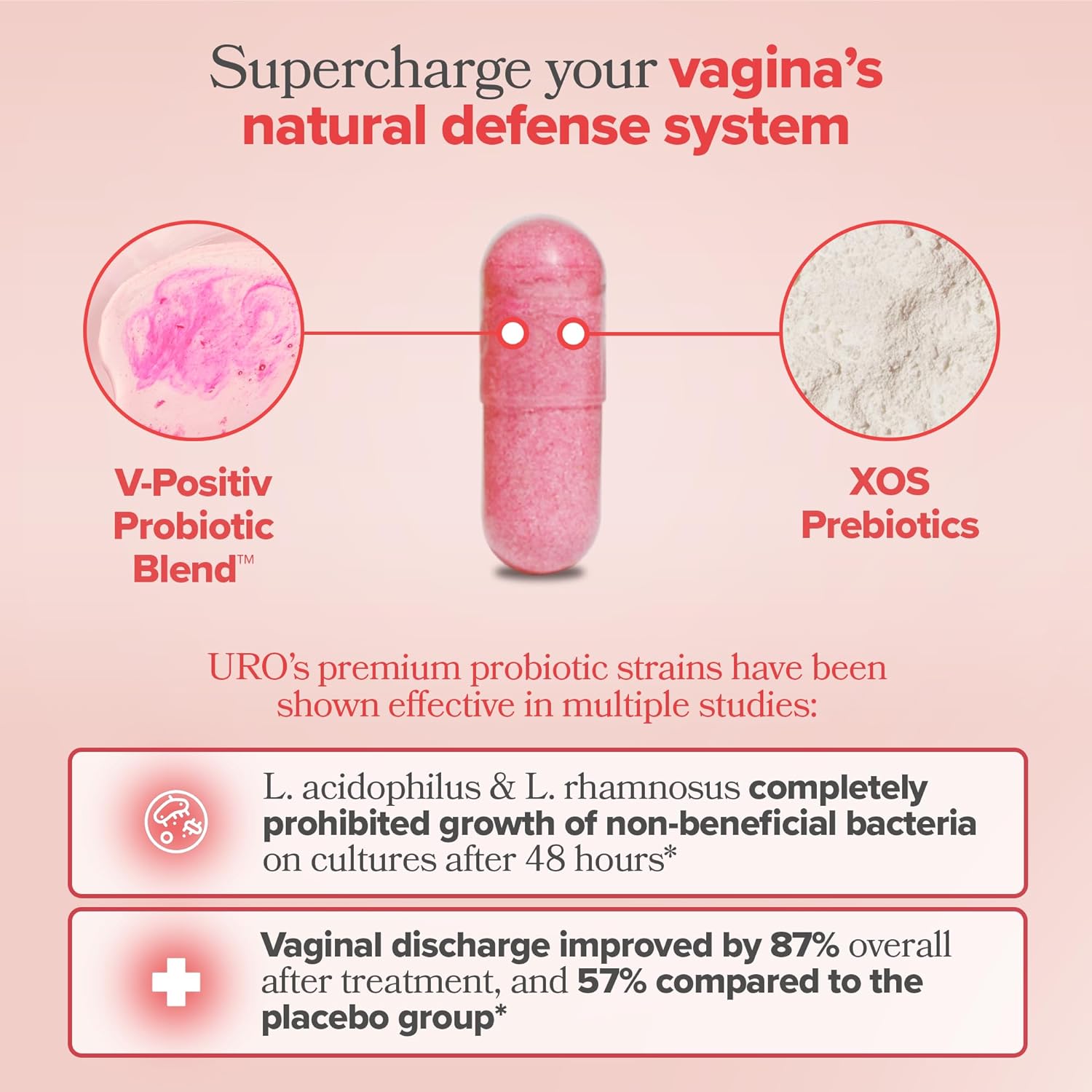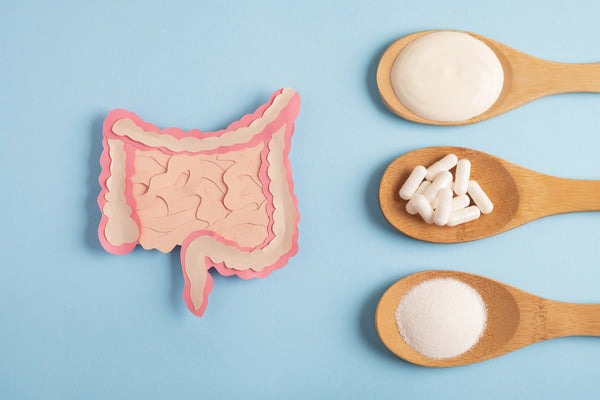How Long Do Vaginal Probiotics Take To Work
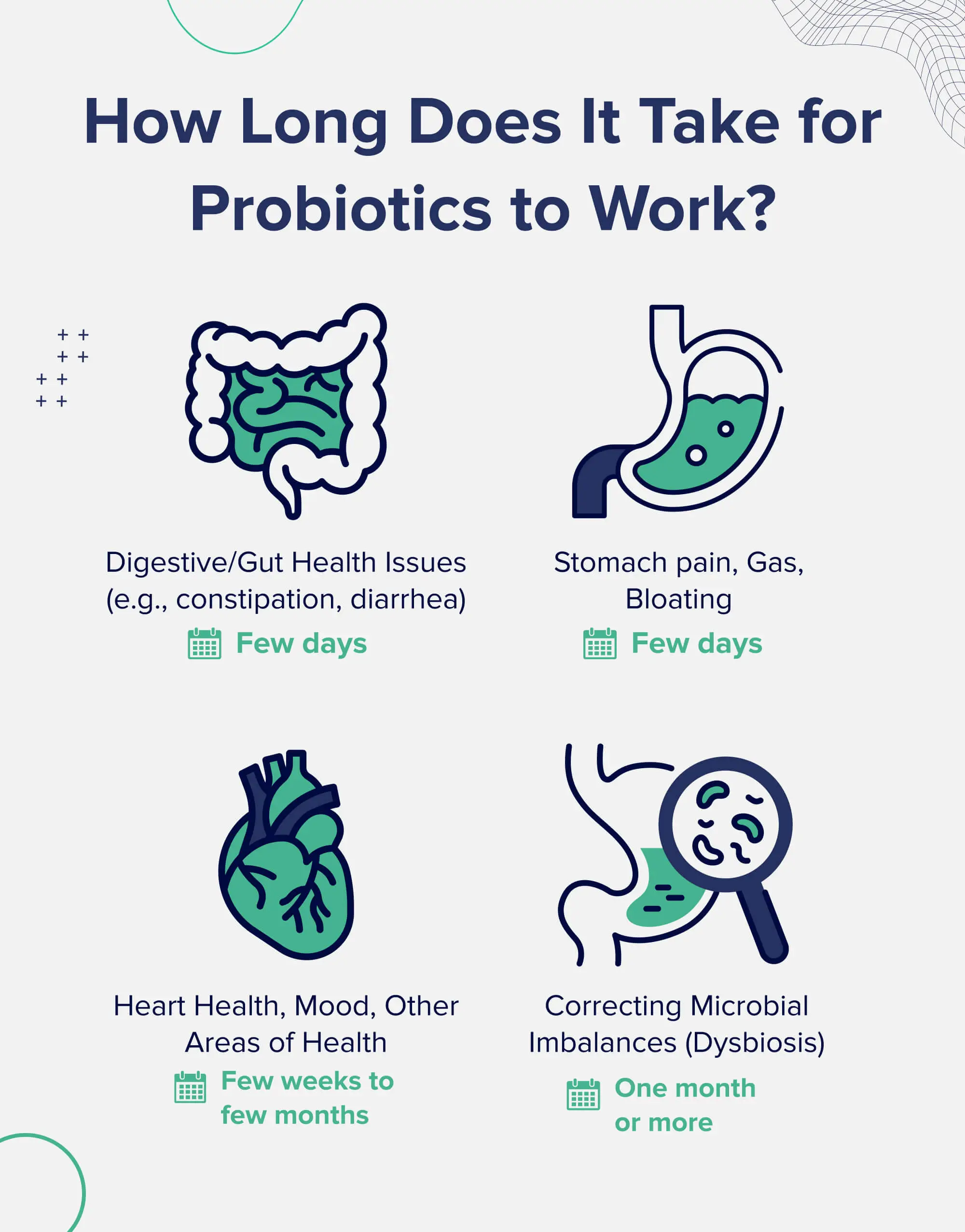
Vaginal imbalances leading to discomfort and infections are a growing concern for women's health. Probiotics are increasingly popular, but how long before they actually work?
The timeframe for vaginal probiotics to take effect varies significantly based on individual factors and the specific product used. This article cuts through the marketing to provide a clear, evidence-based understanding of what to expect.
Understanding Vaginal Probiotics
Vaginal probiotics are designed to restore and maintain a healthy balance of bacteria in the vagina. They typically contain strains of Lactobacillus, the dominant bacteria in a healthy vaginal microbiome.
The goal is to increase the number of beneficial bacteria and reduce the presence of harmful bacteria that can cause infections like bacterial vaginosis (BV) or yeast infections.
Timeline: What to Expect
The onset of probiotic effects can range from a few days to several weeks. Several factors influence this timeline, demanding a nuanced understanding.
Short-Term Relief (Days 1-7)
Some women report experiencing initial relief from symptoms such as itching, burning, or discharge within the first few days of using vaginal probiotics. This initial improvement may be due to the probiotic bacteria starting to colonize the vaginal environment and produce lactic acid, which helps lower the vaginal pH.
However, these initial effects are not always indicative of a long-term solution. It is important to continue using the probiotics as directed to achieve more sustained results.
Mid-Term Changes (Weeks 1-4)
During the first one to four weeks, significant shifts in the vaginal microbiome can occur. Lactobacillus strains from the probiotic begin to establish themselves, inhibiting the growth of harmful bacteria.
Studies suggest that consistent use over this period is crucial for achieving a noticeable reduction in BV or yeast infection symptoms. Regular use allows the probiotic strains to become dominant, outcompeting pathogens.
Long-Term Stability (Beyond 4 Weeks)
Maintaining a healthy vaginal microbiome requires continued use of probiotics, even after symptoms have subsided. Some women benefit from using probiotics on a regular basis, such as once or twice a week, to prevent recurrence of infections.
Long-term stability relies on factors like diet, hygiene practices, and overall health. These factors contribute to the environment in which the probiotics must thrive.
Factors Affecting Probiotic Effectiveness
The effectiveness and speed of action of vaginal probiotics are influenced by several factors. Recognizing these variables is key to managing expectations and optimizing outcomes.
- Probiotic Strain and Dosage: Different Lactobacillus strains have varying levels of effectiveness. Dosage also matters; a higher concentration of viable bacteria may lead to faster results.
- Administration Method: Vaginal suppositories or capsules deliver probiotics directly to the site of action, potentially leading to quicker results compared to oral probiotics.
- Individual Microbiome: The existing composition of a woman's vaginal microbiome plays a crucial role. Women with severe imbalances may require longer treatment periods.
- Underlying Health Conditions: Conditions like diabetes or immune deficiencies can affect the body's ability to support a healthy vaginal microbiome, potentially slowing down the effectiveness of probiotics.
- Lifestyle Factors: Diet, stress levels, and hygiene practices can all influence the vaginal microbiome. Avoiding douching and using gentle, pH-balanced cleansers can improve probiotic effectiveness.
Scientific Evidence
Research supports the use of vaginal probiotics for improving vaginal health. Clinical trials have demonstrated that probiotics can effectively treat and prevent BV and yeast infections.
A 2014 meta-analysis published in the Journal of Obstetrics and Gynecology found that vaginal probiotics were significantly more effective than placebo in treating BV.
Another study in the American Journal of Obstetrics and Gynecology showed that regular use of vaginal probiotics reduced the recurrence rate of yeast infections. These findings underscore the importance of evidence-based approaches.
Consultation is Key
Before starting any probiotic regimen, it's essential to consult with a healthcare provider. They can assess your specific needs and recommend the most appropriate probiotic product and dosage.
Self-treating vaginal infections can sometimes mask underlying conditions. A doctor's diagnosis and guidance ensure a safe and effective treatment plan.
Next Steps
Pay close attention to your body's response when using vaginal probiotics. Maintain consistent communication with your healthcare provider.
Report any side effects or lack of improvement in symptoms. Adjustments to the treatment plan may be necessary to optimize results.
